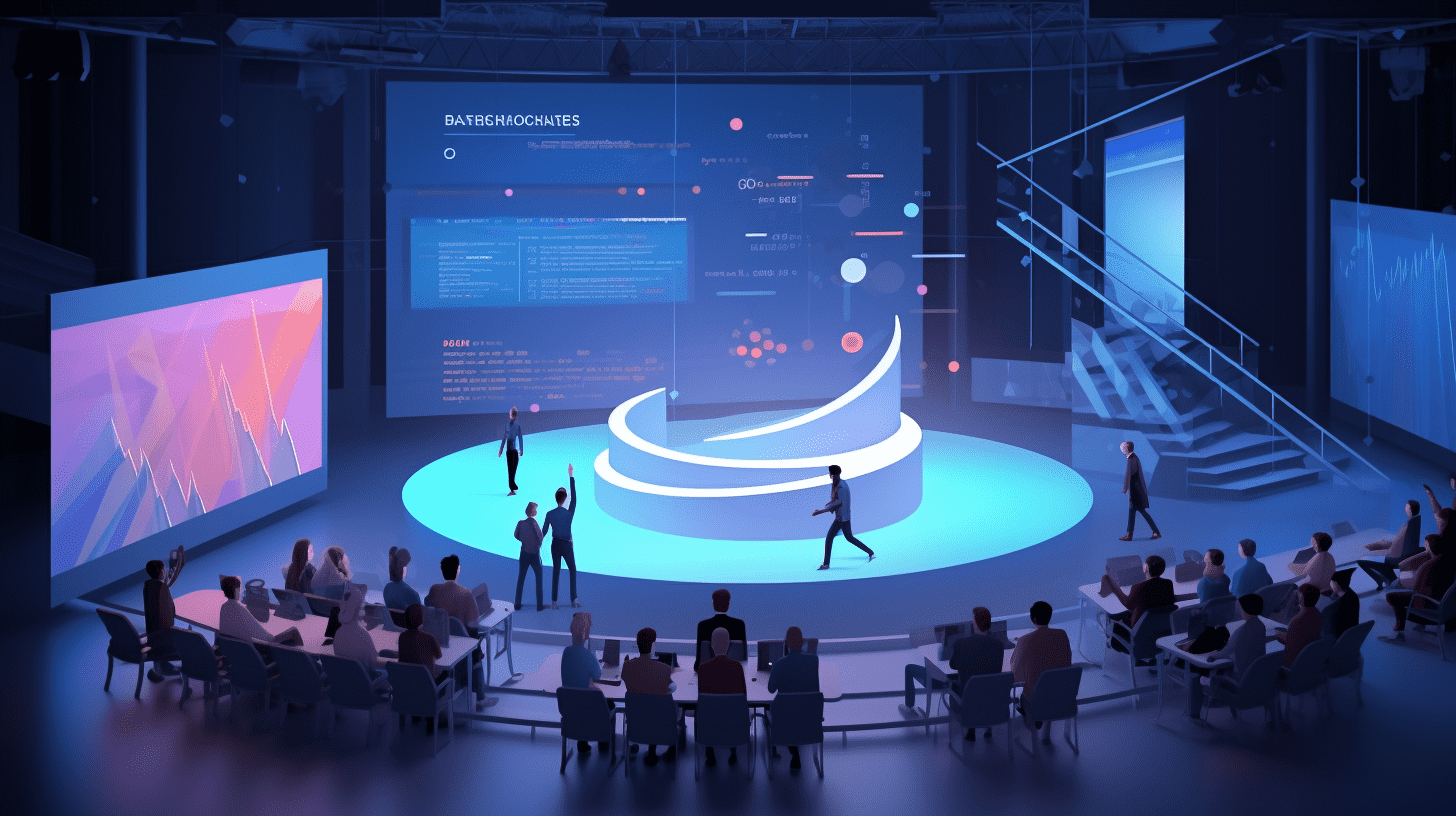
Understand the Top 10 AI Technology Trends for 2025 in One Article
After two years of galloping, the big AI model is about to enter the crucial third year, and the Institute of Wisdom Research has made a prediction for the future of AI big models in 2025.
On January 8th, the Beijing Institute of Wisdom Artificial Intelligence released the "Top Ten AI Technology Trends for 2025," predicting key directions such as Scaling Law, basic models, embodied intelligence, super applications, and AI security from infrastructure to product applications.
"Currently, we are at a new turning point in the development of artificial intelligence, and the emergence of large models accelerates the arrival of the era of general artificial intelligence." Wang Zhongyuan, director of the Wisdom Research Institute, said that native unified multimodal capabilities, embodied intelligence, AI for Science will further deepen the perception, understanding, and inference of the world by artificial intelligence, connecting the digital world with the physical world, driving innovation breakthroughs in scientific research.
Trend one: The future of science: AI4S drives a paradigm shift in scientific research
Under the leadership of large models, AI4S (AI for Science) has become a key force driving a paradigm shift in scientific research. By 2024, the proportion of researchers using AI is rapidly increasing, and the transformative effects of AI on scientific research methods and processes are beginning to show. By 2025, multimodal large models will further integrate into scientific research, empowering the exploration of complex structures of multidimensional data, assisting in comprehensive understanding and global analysis of research problems in basic and applied sciences such as biomedical, meteorology, materials discovery, life simulation, energy, and opening up new directions.
Trend two: The "Year of Embodied Intelligence": The collaborative evolution of embodied cerebellum and ontology
In 2025, embodied intelligence will continue to evolve from ontology to embodied cerebellum. We can expect more from three aspects. In terms of industry landscape, nearly a hundred embryonic startups may face reshuffling, with the number of manufacturers starting to converge. In terms of technical route, end-to-end models continue to iterate, and attempts at small brain large models may break through. In terms of commercial realization, we will also see more applications of embodied intelligence in industrial scenarios, with some humanoid Siasun Robot & Automation entering mass production.
Trend three: "Next Token Prediction": Unified multimodal large models achieve more efficient AI
The essence of artificial intelligence lies in simulating the information process of human thinking. The current language large models and piecemeal multimodal large models have inherent limitations in simulating human thought processes. Starting from training by integrating multimodal data, the native multimodal technology route, which achieves end-to-end input and output, opens up new possibilities for multimodal development. Based on this, aligning visual, audio, 3D, and other modal data in the training phase to achieve multimodal unity and build a native multimodal large model becomes an important direction for the evolution of multimodal large models.
Trend four: Scaling Law extension: RL + LLMs, model generalization shifts from pre-training to back training and inference transfer
The training mode of base models, which promotes the improvement of model performance based on the Scaling Law, is facing a continuous decline in cost-effectiveness, and back training and specific scenario Scaling Laws are continually being explored. Reinforcement learning, as a key technology for discovering Scaling Laws in back training and inference stages, will also see more applications and innovative use.
Trend five: World models rapidly released, potentially becoming the next stage of multimodal large models
World models that emphasize "causal" reasoning give AI higher cognitive and more logic-conforming reasoning and decision-making abilities. This ability can not only drive deep applications of AI in cutting-edge areas such as autonomous driving, Siasun Robot & Automation control, and intelligent manufacturing but also break through traditional task boundaries and explore new possibilities in human-machine interaction.
Trend six: Synthetic data will become an important catalyst for the iteration and application of large models
High-quality data will become a development obstacle for further scaling up of large models. Synthetic data has become the preferred choice for base model manufacturers to supplement data. Synthetic data can reduce the cost of manual curation and annotation, alleviate dependence on real data, no longer involve data privacy issues, enhance data diversity, and help improve the model's ability to handle long texts and complex problems. In addition, synthetic data can alleviate the monopolization of general data by large companies, solve the problem of acquisition costs for proprietary data, and promote the application of large models.
Trend seven: Inference optimization iteration acceleration becomes a necessary condition for the landing of AI Native applications
The hardware carriers of large models have infiltrated from the cloud to end-side hardware such as smartphones and PCs. On devices with limited resources (AI computing power, memory, etc.), the deployment of large model applications will face significant limitations in inference side expenses, posing considerable challenges for deployment resources, user experience, economic costs, etc. Algorithm acceleration and hardware optimization technologies will continue to iterate, driving the acceleration of the landing of AI Native applications.
Trend eight: Reshaping the form of product applications, Agentic AI becomes an important mode for product landing
In 2025, more general, more autonomous intelligent entities will reshape the form of product applications, further integrating into work and life scenarios, becoming important application forms for the landing of large-scale model products. From Chatbot and Copilot to AI Agent and Agentic AI, since 2023, the industry's understanding of the form of AI applications has become deeper. From an emphasis on agent product concepts to an emphasis on the intelligence level of Agentic AI applications, in 2025, we will see more multi-intelligent systems with higher levels of intelligence and deeper understanding of business processes landing on the application side.
Trend nine: The heat of AI applications is rising, and it is still unknown who will dominate the Super App
In the past year, the processing capabilities of generative models in image and video have greatly improved, coupled with cost reduction brought by inference optimization, the continuous development of technologies such as Agent/RAG frameworks, application orchestration tools, laying the foundation for the landing of AI super applications. Although it is not yet clear who will dominate the Super App, from the dimensions of user scale, interaction frequency, and stay duration, the heat of AI applications continues to rise, leading to an application outbreak.The eve of dawn.Trend Ten: Model capabilities are improving, emphasizing risk prevention, and AI security governance system continues to be perfected.
As a complex system, the scaling of large models has brought about emergence, but the unpredictable and cyclical feedback properties unique to complex systems also pose challenges to traditional engineering security mechanisms. The continuous improvement in the autonomous decision-making of basic models brings potential risks of losing control. How to introduce new technological regulatory methods and how to balance industry development and risk control in human regulation? These are worthwhile topics for all parties involved in AI to continue discussing.
It is worth mentioning that self-developed Chinese technology and products have also become representative cases of the trend of AI development. For example, in the multimodal field, the Smart Source Research Institute has released the fully self-developed Emu3, a native multimodal world model based on autoregressive technology, achieving unified understanding and generation of video, images, and text in three modalities.
In the field of model applications, the active users of Douyin reached 71.16 million in December 2024, becoming the top AI native application in China and second globally. In the service-oriented intelligent agent race, Ant Group's series of AI steward products such as Zhixiaobao and Maxiaocai have reshaped the form of AI products.
This article is reprinted from "Wall Street View" and edited by GMTEight: Chen Xiaoyi.
RECOMMEND
©️2013 - 2025 GMT EIGHT Holdings. All Rights Reserved.
Contact: contact@gmteight.com


